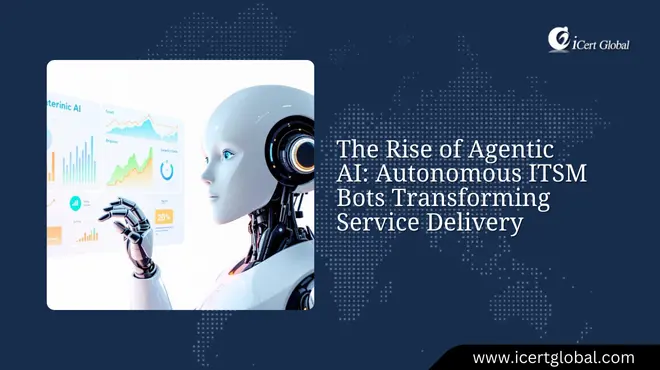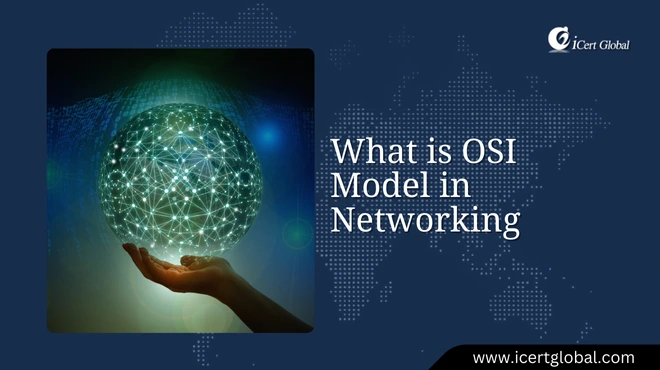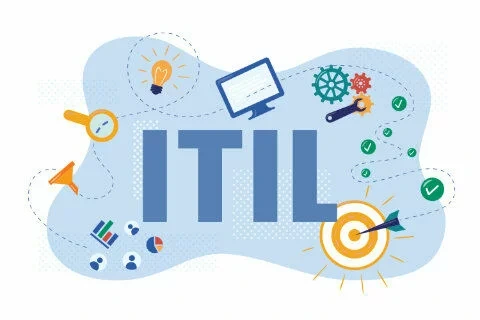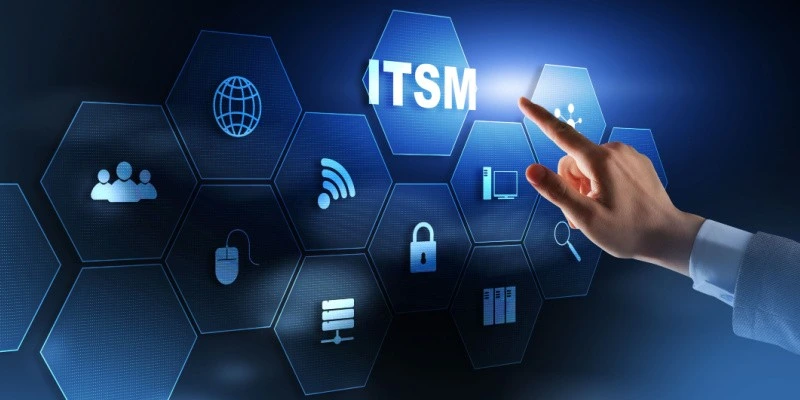Introduction to Service Transition:
The purpose and objectives of service transition
The scope of service transition and ways that service transition adds value to the business
The context of service transition in relation to all other lifecycle stages
Service transition principles:
Service transition policies, principles and best practices for service transition
How to use metrics to ensure the quality of a new or changed service and the effectiveness and efficiency of service transition
How to use metrics to ensure the quality of a new or changed service and the effectiveness and efficiency of service transition
The inputs to and outputs from service transition as it interfaces with the other service lifecycle phases
Service Transition Processes:
A management perspective of the purpose and value of the service transition processes, how they integrate within service transition and how they interface with other lifecycle phases
Managing people through service transitions:
How to address and manage the communication and commitment aspects of service transition
How to manage organizational and stakeholder change
How to develop a stakeholder management strategy, map and analyze stakeholders and monitor changes in stakeholder commitment
Organizing for Service Transition:
How the technical and application management functions interface with service transition
The interfaces that exist between service transition and other organizational units (including programs, projects, service design and suppliers) and the “handover points” required to ensure delivery of new or change services within the agreed schedule
Service transition roles and responsibilities, where and how they are used, as well as examples of how small or larger service transition organizations would be structured to use these roles
Why service transition needs service design and service operation, what it uses from them and how
Technology Considerations:
oTechnology requirements that support the service transition stage and its integration into the service lifecycle
oTypes of knowledge management, service asset and configuration management and workflow tools that can be used to support service transition
Implementing and improving service transition:
The key activities for introducing an integrated service transition approach into an organization
The design, creation, implementation and use of service transition in a virtual or cloud environment
Challenges, critical success factors and risks:
Be able to provide insight and guidance for service transition challenges, risks and critical success factors





























.webp)


